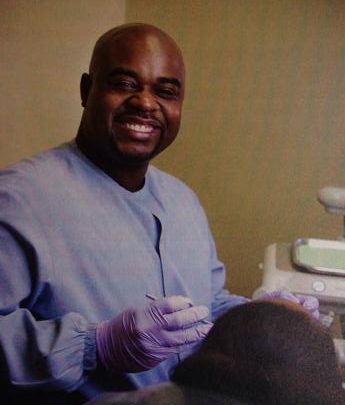Periodontal Care
Periodontal disease, otherwise known as periodontitis, is one of the leading causes of tooth loss in adults. This disease affects not only the gums, but the bone that holds the teeth in place. Periodontal disease can affect diabetes treatment, pregnancies, and heart disease. Not only is having a healthy oral cavity important to your oral health, but it is important to your systemic health as well.
Periodontitis is a chronic inflammatory disease that is treatable and preventable. A regimen of good oral hygiene, including proper brushing and flossing, and professional care from a dentist/hygienist, is necessary to keep the problem from returning after treatment. We perform a periodontal evaluation during our comprehensive exam so please schedule yours today.

Preventive care is the best approach for keeping your gums safe and healthy.

How Is Periodontal Disease Treated?
The first step in treating the disease is to clean below the gumline with a procedure called scaling and root planing. Hard bacterial build up (calculus) is removed from below the gumline, using this process, to restore health to the bone and gum tissue around the teeth. If this is not sufficient, there are several other treatments that can be used, and a customized treatment plan can be developed for you.
Signs & Symptoms
Gingivitis is the earliest stage of gum disease. It occurs when plaque and calculus collect along the gumline, which causes inflammation and bleeding. When this infection isn’t addressed, your body begins to attack it. Calculus advances under the gums, along the roots of your teeth, and your immune system sees the foreign body as something that’s dangerous. Slowly, the gums begin to detach and your bone starts to recede. You may start to develop symptoms such as:
- Gum recession
- Bleeding when you brush and floss
- Bad breath/halitosis
- Problems with food collecting under your gums
- Tooth mobility
- Heavy tartar buildup
- Longer looking teeth
During your exam we will take careful measurements of the “pockets” around your teeth. This shows us where the tissues are attached in comparison to where the tooth appears to come out of your gums. A healthy pocket is only 1-3 millimeters deep. Anything deeper indicates active disease where the tissues have detached.
We may also need to take x-rays to evaluate the bone levels around your teeth. In some cases, treatments are needed to help replace bone, to prevent tooth loss.
If an extended amount of time has passed since your last dental cleaning, or you haven’t been very good about your home care, you may need a deep cleaning to help you get things back to healthy.

Please call and schedule your appointment with us today!
We are currently accepting new patients.
Professional Memberships:





